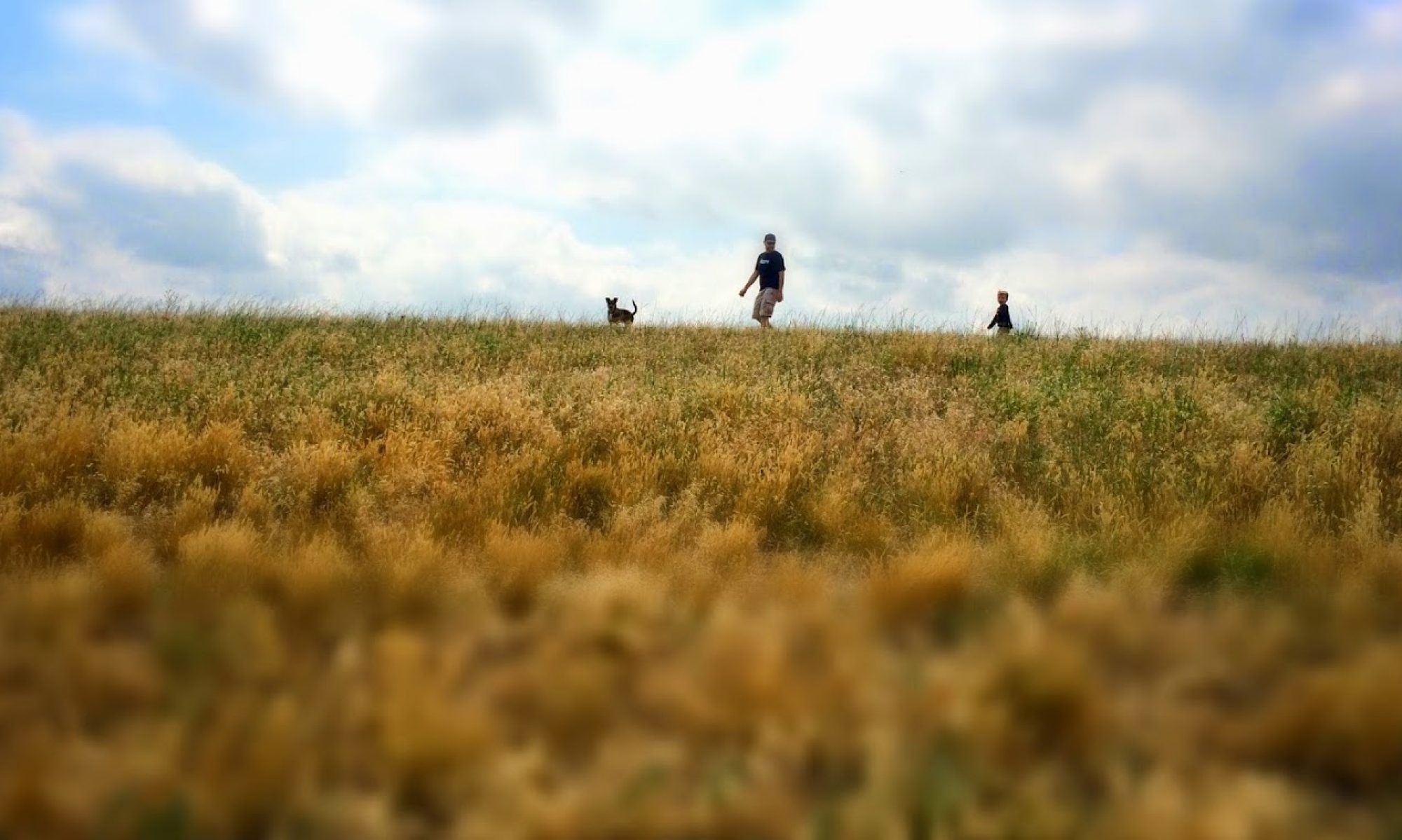A few weeks back, some folks asked if I’d be ‘blogging NaNoWriMo’ again this year.
I said yes. Of course I said yes; I have a strong need for a feedback loop in the creative cycle, so knowing there’d be one built into a certain string of blog posts is an automatic draw for me.
But there was a seed of doubt.
Yes, I wrote a lot of advicey posts last year, and they were generally received very well — more importantly, folks found them useful. But the non-secret secret of those posts is that I was really just writing notes to myself, figuring (correctly) that if the writing process followed a fairly clear pattern from beginning to end (it does, at least for me), I’d end up writing something worthwhile for lots of people.
I’ll be honest: I’m not sure I can do it again.
I mean, the process is the same, right? The stages are the same, right? What if I said everything useful last year? What if I don’t have anything good left to say?
Then again…
Every single time I’ve ever written a story (obviously not just in November), it’s been different. The challenges have come in different places, and with different parts of the story. The stories themselves have been different, and certainly I’m learning different things (and the same old things, again) every time.
And I’m different. In editing together that ebook of the advice I wrote last year, I found some things I didn’t entirely agree with. I left them in, because it’s still good advice, but it’s not quite me anymore.
The question basically boiled down to whether or not I thought I still had any words left at all.
And there’s really only one way to find that out. You go looking for them.
Story Time
I grew up in South Dakota, on a farm. On that farm, we raised cattle. Cattle are pretty simple creatures; they generally require only two things:
- Grass. (The ‘corn-fed beef’ ideal is a dangerous, illness-creating myth.)
- Water.
Now, out on the Great Plains, grass isn’t much of a problem, but water sometimes is, and if your pastureland doesn’t have a convenient lake handy or an artesian well set up, your livestock has to rely on a dugout.
A dugout’s basically a man-made watering hole — it looks like a rectangular pond about the half the size of a football field, with a suspiciously uniform hill lying directly along one side of it. The reason it looks like this is because of how it was made; basically, someone just hopped in a backhoe and dug a big hole in the ground about where someone decided there must be an underground spring, then piled the dirt up alongside the hole for no other reason than it was the easiest thing to do.
As a kid, all the dugouts around my home where preexisting affairs — old enough for the piles of dirt next to them to have settled down, grown grass, and become practically indistinguishable from burial mounds. I had no concept of them as a Thing That Was Made.
Then, sometime during my teen years, a well in one of our more distant pastures dried up, and my dad decided to get a guy out there with his backhoe and make a dugout.
It was a pretty epic undertaking. Via methods I’m still not entirely clear on (and on which my dad and granddad disagree), the optimal location for a dugout was determined, the heavy equipment was rolled in, and the digging commenced.
Problem was, it was two days in, and they weren’t hitting a spring. The hole was getting DEEP; both it and the pile of dirt next to it were bigger than the backhoe that had made them, and still no water.
I and my granddad had driven out to check on the digging (partly, I’m sure, so my granddad could rib Dad about the big dry hole), and after a bit of ‘conversation’ on the topic, Grandpa had walked over to talk with the foreman. I was left standing next to my dad. We stared into this enormous hole for awhile — it was pretty damned impressive.
“So,” I asked, “what do you do when you don’t find water?”
Dad didn’t respond at first; he was still looking down into the hole, and I wasn’t sure he’d heard me over the roar of the backhoe. Then: “If you know the water’s there,” he said, “you just keep digging.”
“No matter what?”
“Yep,” he said. “You’ll hit it eventually.” He put his right hand on my left shoulder, leaned in, and pointed so I could sight down along his left arm like the barrel of a .22. There, along the walls of the dugout, where the backhoe had just pulled another scoop of dirt away, there was a thin, silvery snake of water, running down toward the bottom of what would become, over the next four days, the biggest and deepest and most consistently full dugout we’d ever had.
“Now,” he said, giving my shoulder a squeeze. “Walk around t’ other side there, and make sure your granddad sees that.”
He sounded more than a little smug.
This is a cold hard fact about writing. Sometimes, you won’t feel like there’s any words there. You’ll sit at your keyboard and think “Everyone’s got a novel in them, sure… but what if I only had one? What if I don’t have anything left to say?”
The water’s there. You know it is.
Keep digging til you hit it.

